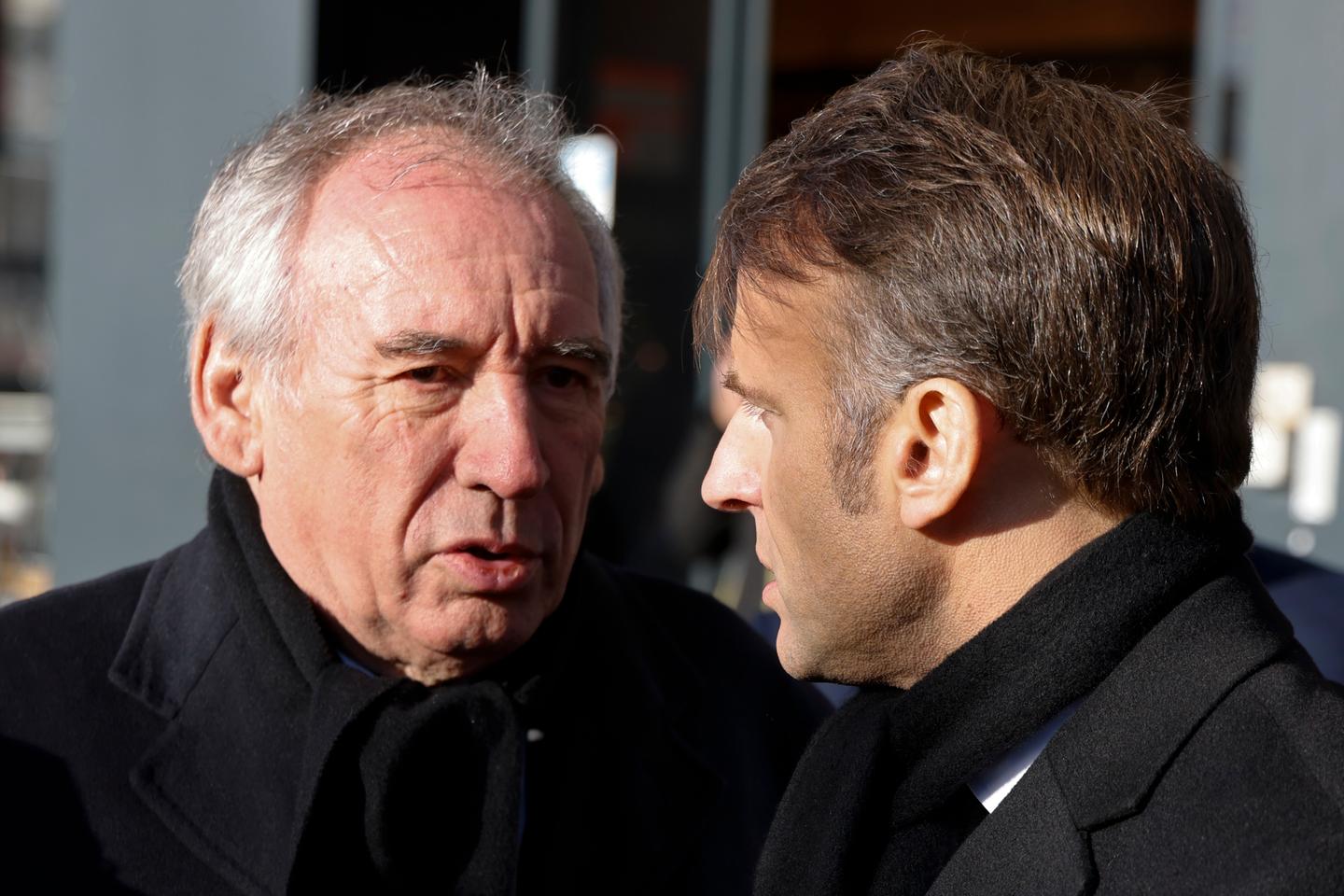


On April 18, 2022, at the end of the first round of the presidential election, Emmanuel Macron, who was running for a second term in office, described the political arena in the following terms: "Three-quarters of voters (...) expressed themselves for three projects. A far-right project. (...) A far-left project. (...) A far-center project, if we want to qualify mine in the central field."
At first glance, the expression "far center" sounds like an oxymoron: Centrism is associated with compromise and moderation. Yet, back in 2005, historian and French Revolution specialist Pierre Serna identified, in La République des girouettes. 1789-1815 et au-delà. Une anomalie politique : la France de l'extrême centre ("The Republic of Weathervanes: 1789–1815 and Beyond. A Political Anomaly: The France of the Far Center"), a "far center": A political tradition that would, according to him, have been a recurring element of French history since the Revolution – and one whose figurehead would, today, be President Macron.
In this work, as in L'Extrême Centre ou le poison français. 1789-2019 ("The Far Center or the French Poison: 1789-2019"), the historian does not deny the existence of a non-extreme form of centrism, one which would have been embodied by, under the Fourth Republic, then-prime minister Pierre Mendès France on the center-left, or, by François Bayrou on the center-right today. He does, however, theorize the additional existence of a "far center" – a term used by writer Alain-Gérard Slama in his essay Les Chasseurs d'absolu. Genèse de la gauche et de la droite ("Hunters of the Absolute: Genesis of the left and the right").
To define the concept, Serna draws on the works of Italian writer Leonardo Sciascia, who analyzed, in his essay Nero su nero ("Black on Black"), a centrist extremism at work, during the "Years of Lead" in Italy, from the late 1960s to the early 1980s. As the French historian saw it, this concept refers to individuals, groups or parties that claim to be from the center of the political spectrum, with fluctuating ideologies and an extreme nature, as seen in the intolerance they show toward their opponents as well as their use of strong executive powers. The expression defined by Serna then went on to appeal to other thinkers: English political scientist Tariq Ali took it up in 2015, and Quebecker philosopher Alain Deneault the following year.
You have 56.15% of this article left to read. The rest is for subscribers only.
